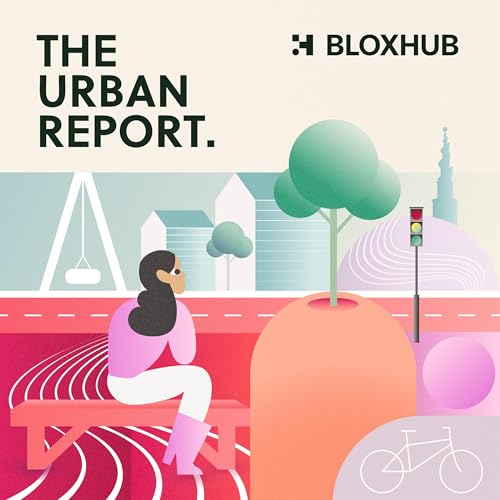When it comes to reducing building emissions, knowing where to start is not always easy—buildings vary in size and shape, serve diverse purposes, and construction methods differ, sometimes quite drastically, by geographic location.
Given this diversity, what are the steps that we can take to reduce the carbon output of the built environment?
The Energy Transitions Commission, a coalition of stakeholders advocating for a faster global energy transition, produced a report outlining how we can achieve zero-carbon buildings globally.
The report tackles both the emissions from heating, cooling, and powering buildings—and the carbon footprint from constructing them in the first place.
“I think from a social justice angle, often the households who are living in the lowest quality, less energy-efficient homes, who will actually see the largest benefits from insulation and other retrofits, are also likely to have lower incomes. So, from this perspective, governments do have a role to play in terms of subsidising these retrofits.”
It outlines actions we can implement today to lower emissions, such as switching from gas boilers to electric heat pumps, and actions that may take longer to achieve, such as scaling low-carbon materials.
On this week’s episode, Min Guan, the Head of Systems Insights at the Energy Transitions Commission, joins Sean to discuss the report’s findings.
Min outlines how barriers to decarbonising the built environment can be overcome, covering topics such as encouraging the building industry to adopt low-carbon construction materials, unwarranted media criticism of heat pumps, and the role of the state in politically and financially supporting the shift to cleaner buildings.
“The reason why I'm optimistic is because the buildings transition is much more [than] about decarbonisation: it's about lowering energy bills and also improving air quality and creating a better environment and more comfortable buildings, and as a result of that you will also have the benefits of lower emissions.”
---
Download our award-winning app and enjoy access to all exclusive features. Click here to access on Apple or Android.
If you have any thoughts or questions about anything that has been discussed in this week’s episode, you can reach Sean at his X account: Sean Carroll
Follow us on X at @Foresight_CE or email us at: sean@foresightmedia.com.
You can also find FORESIGHT Climate & Energy on LinkedIn.
Hosted on Acast. See acast.com/privacy for more information.
 Oct 6 202553 mins
Oct 6 202553 mins Oct 3 202542 mins
Oct 3 202542 mins Oct 1 202554 mins
Oct 1 202554 mins 37 mins
37 mins Jun 18 202533 mins
Jun 18 202533 mins 30 mins
30 mins 35 mins
35 mins 29 mins
29 mins

